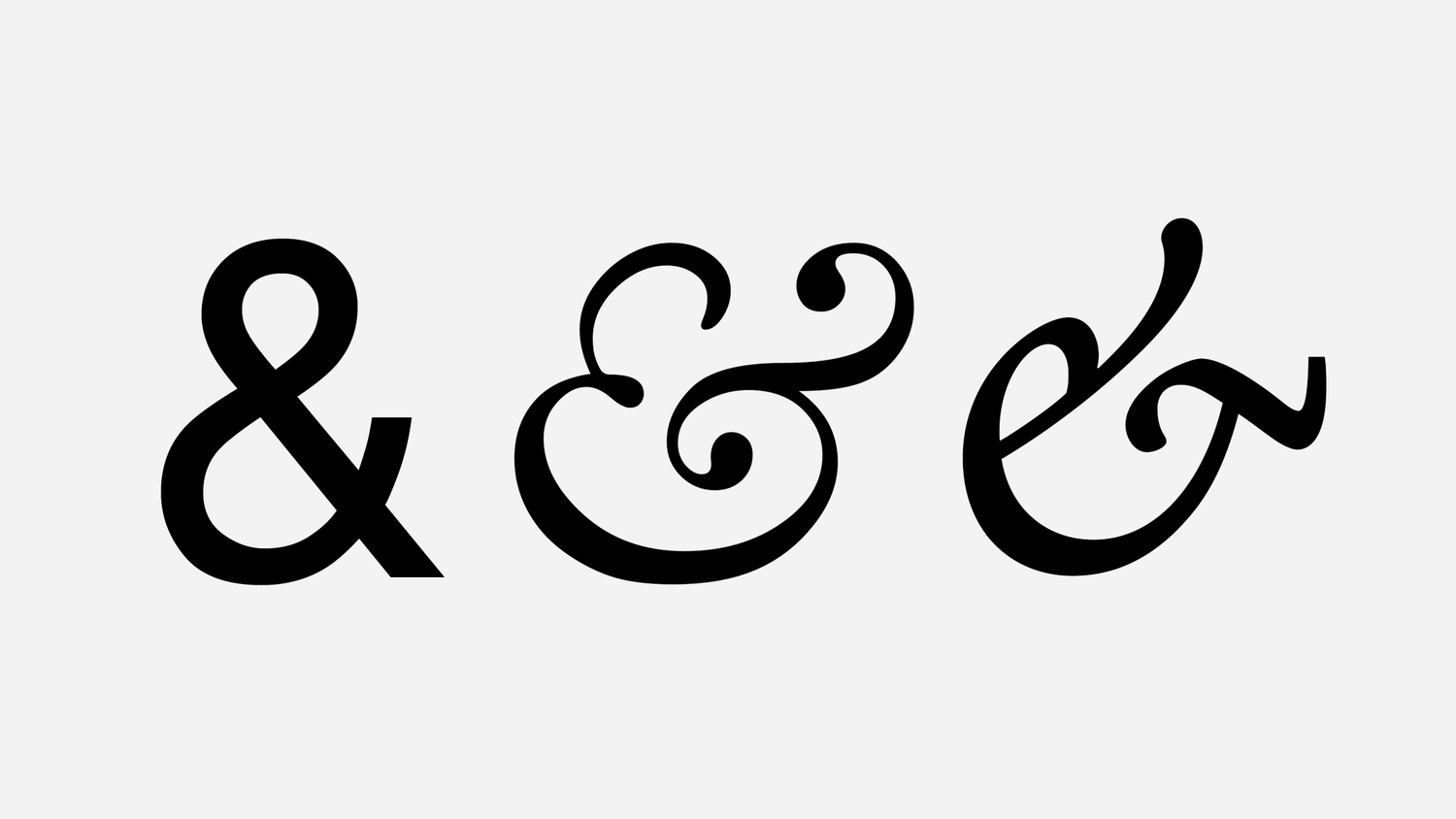Yes And
Today is National Ampersand Day.
Just what is an ampersand? A letter? Some call it the 27th letter, but that seems ridiculous. Just try to insert it into the "Alphabet Song" and see what I mean.
Well then, is it a bastard child of the alphabet? Apparently it started out centuries ago as "ET," which meant "and" in Latin, as in "et cetera." ("Cetera" means "the rest," so "et cetera" fits right into the theme to Gilligan's Island.)
The two letters kept moving closer together until they looked like "&." At least it looks that way if you type it. No one handwrites it that way. That's more like a big E with a vertical line through it.
I wonder how many years have been collectively saved by writing "&" instead of "and"? Not too many typing, since you've got to hit shift and 7--not much faster than hitting three letter keys. In fact, I don't think I ever used it when taking notes to save time. On the other hand, I love "w/" for "with" but I don't believe that has a holiday.


1 Comments:
Shakespeare wrote "&c." instead of "etc."
The following isn't quite accurate:
The two letters kept moving closer together until they looked like "&."
It doesn't seem to have been a gradual process. In many forms of hand-writing (I'm using that word in a general sense for any method of writing by hand where speed is desired), certain double-letter combinations were written as a single symbol. In Medieval Latin, the frequent combination ae became æ, and the less common oe became œ -- both are still used in Britain today.. In Germany, the handwritten sz became ß (this makes sense if you know that in the old German handwriting, an s looked like a line and the z looked like the American handwritten z.
Until the early 19th century, a lower-case s looked like ſ (like a lower-case f but with no cross-bar, although in typeface it has a serif that looked like a cross-bar extending to the left but not to the right) -- unless it was the final letter of a word, in which case it looked like our current s. But that meant a word ending in a double-s had the two next to each other, and then the loop at the top of the first S joined to the final S to form a single symbol.
When printing arrived, more ligatures were created, because it saved time to put frequent letter combinations on the same physical block of type.
Some diacritical marks originated as ligatures. The German vowel combinations ae, oe, ue became a, o, u with a tiny e written above them, and ultimately becamse ä, ö, and ü.
Post a Comment
<< Home